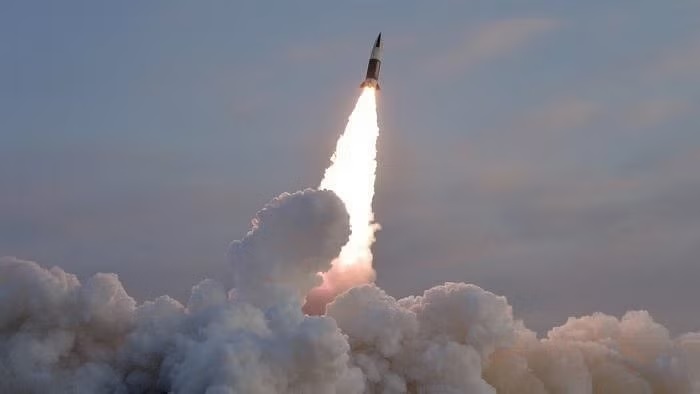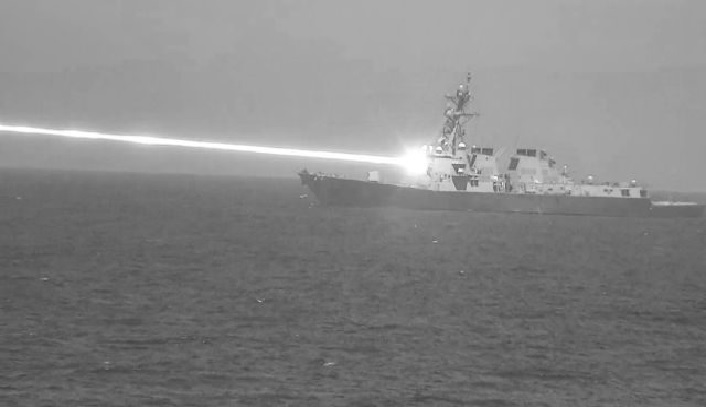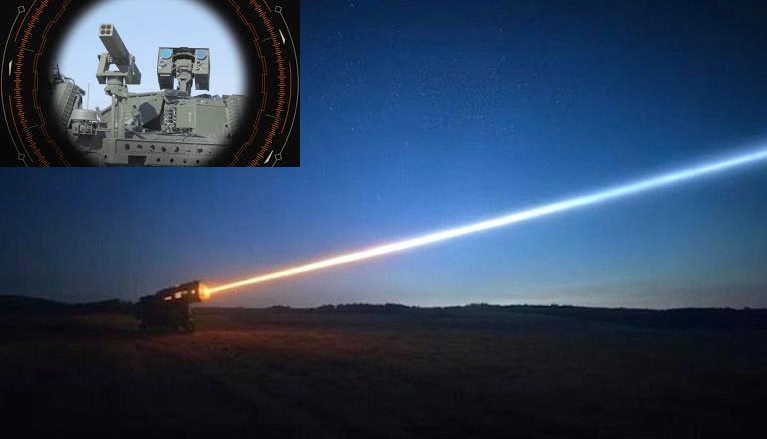North Korea Fires Short-Range Ballistic Missiles Ahead of Trump’s Return

North Korea once again demonstrated its missile prowess on Tuesday by firing several short-range ballistic missiles into the East Sea (Sea of Japan). According to South Korea’s military, the launch occurred at approximately 9:30 am near North Korea's Ganggye region. The missiles reportedly traveled a distance of 250 kilometers (155 miles) before plunging into the sea.
This development comes at a time of heightened diplomatic and geopolitical sensitivity, as U.S. President-elect Donald Trump prepares to return to office and Japanese Foreign Minister Takeshi Iwaya visits South Korea for key diplomatic discussions. Analysts suggest this launch is likely a calculated move by Pyongyang to deliver a political message to Washington and its allies.
Missile Specifications and Technology
The missiles launched on Tuesday were identified as short-range ballistic missiles (SRBMs), showcasing North Korea's advancements in military technology. While the exact model has not been disclosed, previous North Korean SRBMs like the KN-23 or KN-24 have displayed remarkable capabilities, including advanced maneuverability and the use of solid-fuel engines.
One standout feature of North Korea’s missile program is its increasing use of cutting-edge materials. During a recent hypersonic missile test, North Korean state media highlighted a new "compound of carbon fiber" used in missile engines. This material enables extended range and precision, making these missiles potentially comparable to technologies developed by global military powers like the United States, Russia, and China.
North Korea has also ramped up its efforts in developing hypersonic missile systems, with a notable launch of such a system earlier this month. These hypersonic missiles are capable of evading traditional missile defense systems due to their extreme speed and ability to alter trajectory mid-flight.
Geopolitical Context and Reactions
The timing of the missile launch appears strategic, with analysts interpreting it as a dual-purpose signal. First, it could be an attempt to pressure the incoming Trump administration to revisit U.S. policy on North Korea. Second, it might seek to exploit the current political turmoil in South Korea, where President Yoon Suk Yeol faces an impeachment trial.
South Korea, the United States, and Japan have condemned the launch, calling it a blatant violation of United Nations Security Council resolutions. Seoul’s acting president, Choi Sang-mok, pledged a stronger response through bolstered defense measures and collaboration with Washington.
The United States Indo-Pacific Command also issued a firm statement, urging Pyongyang to "refrain from further unlawful and destabilizing acts." Meanwhile, Japan has heightened its alert levels and continues to monitor the situation closely.
Second Test in a Month and Links to Moscow
Tuesday’s test marks North Korea’s second missile launch this month. Just last week, the regime tested a hypersonic missile system, releasing state media images of leader Kim Jong Un overseeing the event alongside his daughter, Ju Ae.
Experts have also drawn attention to increasing cooperation between North Korea and Russia. Recent reports suggest that Pyongyang may be exporting missile technology to Moscow, possibly for use in the Ukraine conflict. This aligns with claims by U.S. Secretary of State Antony Blinken, who noted growing North Korea-Russia collaboration, particularly in advanced space technology.
Additionally, North Korea is suspected of deploying thousands of troops to assist Russia in Ukraine, although neither Pyongyang nor Moscow has officially confirmed such actions.
South Korea’s Response: Advanced Missile Defense Development
In response to North Korea’s persistent missile advancements, South Korea’s Defense Acquisition Program Administration (DAPA) announced the development of a new missile defense system. Estimated to cost 567.7 billion won ($388 million), the system aims to intercept North Korea’s missile threats at higher altitudes and is expected to be operational by 2028.
This move underscores Seoul’s determination to counter Pyongyang’s growing arsenal and ensure regional stability. As relations between the two Koreas remain at an all-time low, the need for enhanced defense capabilities has become more pressing than ever.
Strategic Implications and Future Outlook
North Korea’s continued missile tests highlight its ambition to maintain leverage in regional and global politics. The timing of these tests—coinciding with major political shifts and international diplomatic activities—reflects a calculated strategy to assert its presence on the global stage.
For the United States and its allies, the challenge lies in addressing Pyongyang’s provocations without escalating tensions further. With the Trump administration’s return to power, North Korea’s missile capabilities and its growing ties with Russia are likely to dominate discussions in Washington’s foreign policy agenda.
As North Korea continues to defy international norms, the path to diplomatic engagement seems increasingly complex. Nonetheless, the international community remains vigilant, with eyes firmly fixed on Pyongyang’s next move.



